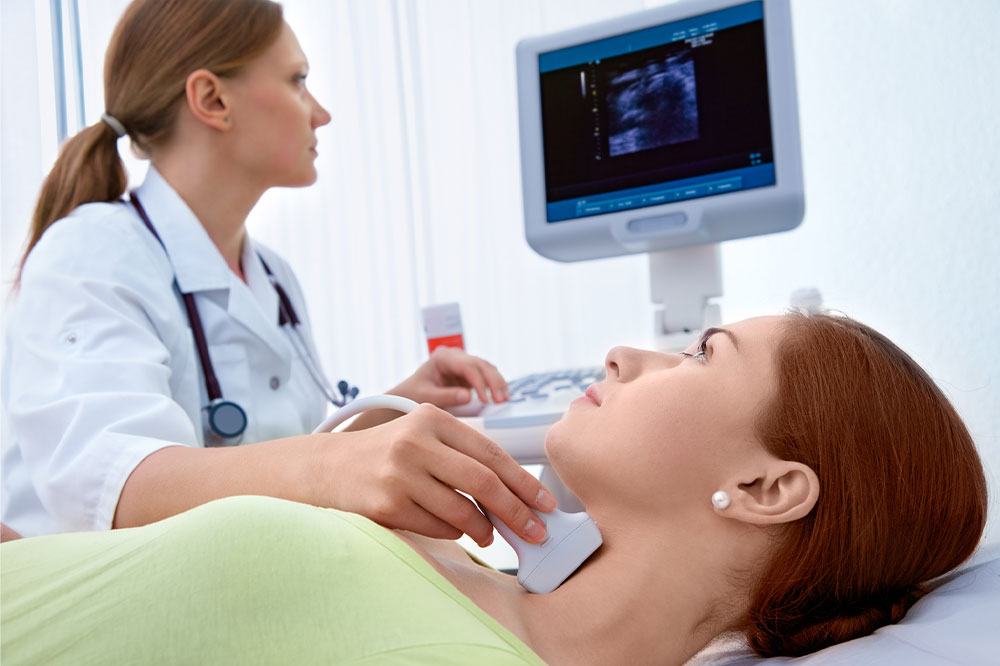6 viral infections and their associated warning signs

Viral infections are any illness transmitted from a virus. These are microscopic germs that use the cells in the body to reproduce and spread. Several individuals often mistake viral infections for bacterial infections because the symptoms overlap. However, doing so may affect the treatment plan and worsen one’s condition. Therefore, it is imperative for one to know about these six viral infections and the associated symptoms and get them treated at the earliest.
Influenza
A person who develops influenza (flu) may experience mild to severe illness. The symptoms of flu usually appear suddenly and can include fever, chills, sore throat, cough, muscle or body aches, and runny or stuffy nose. Other symptoms of influenza include headaches, fatigue, and vomiting. People affected by the viral infection usually recover in a few days to less than two weeks. However, if left undiagnosed and untreated, one might develop complications such as pneumonia. If this happens, one might require immediate healthcare attention.
Common cold
One might develop a common cold when a virus enters the respiratory system. For instance, an individual might touch an infected surface or shake hands with a person who is sick and follow this by touching their mouth, eyes, or nose, leading to the transfer of the germs into the body. The common cold is an upper respiratory infection. A few signs of the complication include fever, cough, hoarse voice, fatigue, runny nose, and red eyes. Other upper respiratory infections that may trigger these signs include epiglottitis, laryngitis, pharyngitis (sore throat), and sinusitis. Treatments for these infections usually include fluids, rest, and prescriptions recommended by a healthcare expert. The signs associated with upper respiratory infections usually affect one’s breathing.
Viral gastroenteritis
Commonly known as the stomach flu, viral gastroenteritis is an intestinal infection that one might need to get diagnosed as soon as possible. Depending on the cause, viral gastroenteritis symptoms may appear within one to three days after the individual is infected and range from mild to severe. The symptoms may last for a day or two but occasionally last up to 14 days. The stomach flu attacks the intestines, leading to signs such as nausea, vomiting, stomach cramps and pain, low-grade fever, and occasional muscle aches or headaches. While one could speak to an expert about managing their symptoms, they could also take precautionary measures to avoid the stomach flu, such as avoiding food and water that might be contaminated and washing hands thoroughly and often.
Measles
Sometimes, an individual might develop skin infections such as measles, a highly contagious viral infection. It can spread when an individual breathes airborne respiratory droplets from an infected person’s coughing or sneezing. The infected person can transmit the virus two days before symptoms become apparent and up to five days after. Common symptoms of measles include fever, loss of appetite, cough, and a spotty rash. The rash often appears as flat red spots that may join together, especially on the face. While mild cases can be treated with bed rest and supportive care, immunization is the best preventive measure against the virus and its complications.
Polio
Some individuals might develop neurological viral infections such as polio. The infection attacks the cells in the nervous system and may lead to various symptoms affecting one’s daily life. Polio is caused by poliovirus, and most people have no to mild symptoms. The most common symptoms that one may experience include fatigue, fever, headache, sore throat, and vomiting. Other polio signs include neck stiffness, sensitivity to light, muscle pain, and trouble swallowing or breathing. The symptoms must be diagnosed by a healthcare professional at the earliest. The best way to prevent polio is to get vaccinated, usually during early childhood. Furthermore, a cure for polio is yet to be discovered, but experts might recommend ways to improve symptoms by drinking fluids, using heat packs, physical therapy, and plenty of rest.
Human papillomavirus (HPV)
Human papillomavirus is a common virus that may affect various parts of the body. There are over a hundred types of HPV, including strains of HPV that may affect the hands, feet, and face. Other strains may affect the genitals, including the vulva, vagina, cervix, scrotum, and also the rectum and anus. The most common signs of the virus are warts in the genital area, which are rough, cauliflower-like lumps that grow on the skin. These may appear weeks, months, or years after one is infected with the virus. HPV, which affects the genitals, is a viral infection transmitted through skin-to-skin contact. Some strains of HPV may lead to cancers, including cervical cancer. Early detection and treatment are essential to prevent this from happening.






